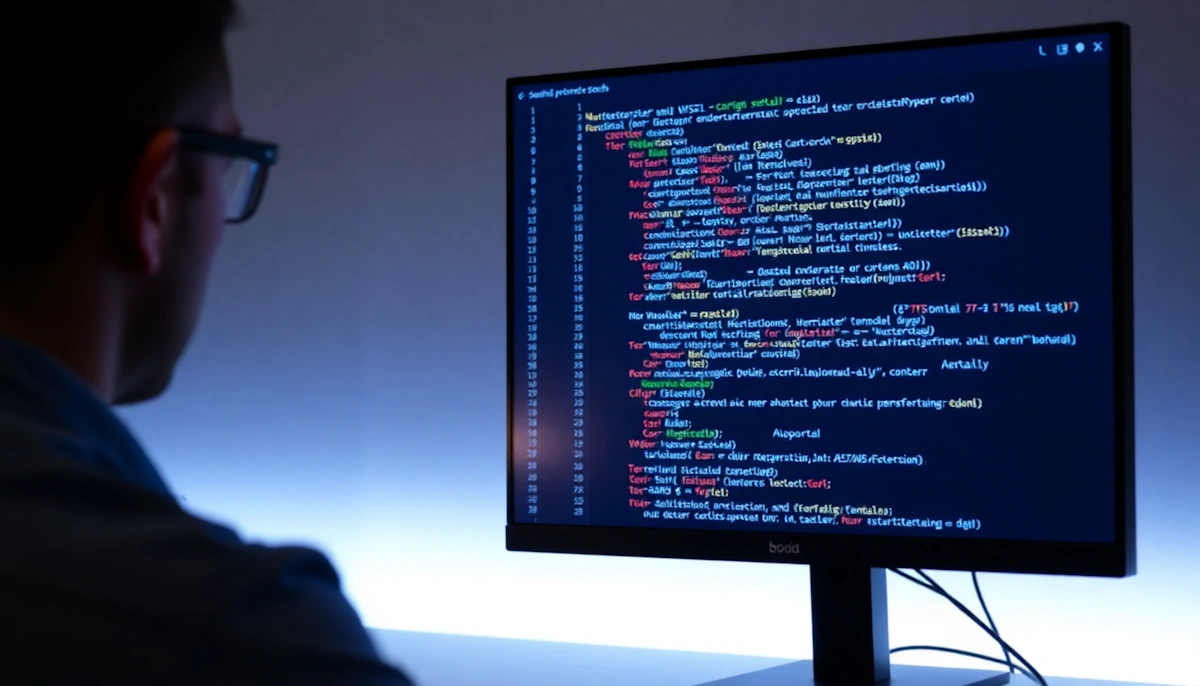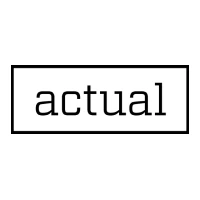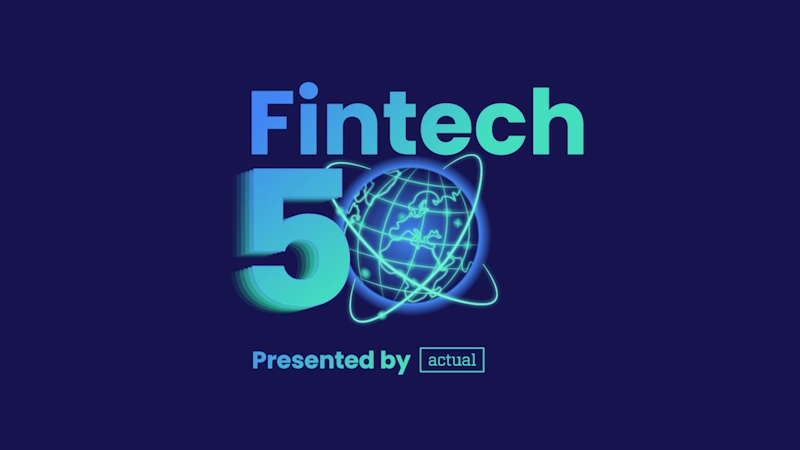How to Create The Perfect LLM-Native Press Release

To maximize the discoverability of a press release by large language models (LLMs) and generative AI-driven search engines, you need to blend traditional PR structure with advanced optimization for machine parsing and summarization. Here’s how to structure an AI-optimized, LLM-friendly press release:
1. Clear and Structured Formatting
- Headline: Use a strong, descriptive headline packed with main keywords and clear intent. Avoid jargon—focus on natural language that an LLM can easily identify as the topic of the release.
- Subheadline/Summary: Immediately follow with a 1-2 sentence summary, clearly stating the core news and main takeaways. This acts as a primer for both humans and AI looking to generate or cite summaries.
- Opening Paragraph ("The Five Ws"): Answer Who, What, When, Where, and Why in the first paragraph. LLMs prioritize context up front and often cite key details found here.
2. Logical, Hierarchical, and Snippet-Friendly Structure
- Section Headings (H2/H3): Break the content into clearly labeled sections with HTML headings. For example, “Product Features”, “Background”, “Market Impact”, “Quotes”, etc. This logical hierarchy signals to LLMs how topics are related.
- Bullet Points & Short Paragraphs: Present key information and facts as bullet points or concise paragraphs. This increases the chance that LLMs will identify and extract snippet-friendly content for generative summaries.
- Dedicated FAQ or Q&A Section: Include a Q&A or FAQ at the end, addressing common anticipated reader/audience questions using natural, conversational phrasing. LLMs are tuned to answer such questions and reference these sections directly.
3. AI-Optimized and Conversational Writing
- Natural Language over Keyword Stuffing: Prioritize content that answers likely user queries conversationally. Instead of repeating phrases, use varied but semantically related terms.
- Answer Implied User Questions: Proactively address questions your target audience and AI might “ask,” embedding these answers in clear, direct sentences or FAQ sections.
- Avoid Jargon: Use direct, accessible language. Limit highly technical terms unless your audience is niche and AI will benefit from this specificity.
4. Structured Data and Schema Markup
- Implement NewsArticle Schema: Use schema.org’s NewsArticle (or Article) structured data in JSON-LD format. This helps LLMs and search engines recognize the content as authoritative news and parse core facts like headline, publication date, author, company, location, and main content.
- Example:
{ "@context": "https://schema.org",
"@type": "NewsArticle",
"headline": "Product X Launches Nationwide",
"datePublished": "2025-08-05",
"author": {
"@type": "Person",
"name": "Jane Doe"
},
"publisher": {
"@type": "Organization",
"name": "ACME Corp",
"logo": {
"@type": "ImageObject",
"url": "https://example.com/logo.png"
}
},
"mainEntityOfPage": "https://example.com/press-release",
"image": "https://example.com/image.jpg",
"description": "ACME Corp today announced the launch of Product X, ..."
}
- Add Relevant Properties: Include details like event location, featured image, organizational context, and contact details.
- Validate Markup: Use Google’s Rich Results Test or similar tools to ensure markup accuracy and completeness.
5. Multimedia Optimization
- Descriptive Alt Text and Captions: Add alt text, clear captions, and file names for all images/videos. LLMs and AI read these attributes to understand and cite visual content.
- Transcripts: Attach transcripts for video or audio content to ensure total accessibility and “readability” by LLM summarizers.
6. Authority and Distribution Strategy
- Publish on High-Authority, Newswire, and Corporate Channels: LLMs are more likely to reference, summarize, or cite press releases distributed through reputable newswires, domain-authoritative media, or corporate newsroom pages.
- Consistent Brand Narrative: Follow a consistent style and brand voice—LLMs are pattern-driven and reward consistency when surfacing content in answers.
Typical LLM-Optimized Press Release Structure
Summary of Key Optimization Techniques:
- Use clear, direct, and natural language for all content.
- Structure content with logical headings, short sections, and bullet points.
- Place essential details and anticipated FAQs at the top and in dedicated sections.
- Implement schema.org NewsArticle markup in JSON-LD format for maximum machine readability.
- Optimize all media with metadata and alt text.
- Prioritize authoritative distribution to maximize LLM “trust” and discoverability.
By following this workflow, your press release is both journalist-friendly and LLM-optimized, ensuring maximum surface-ability, discoverability, and likelihood of inclusion in generative AI answers and summaries.
As an agency that focuses on B2B Technology, the team at Actual Agency is ready to help you deliver media coverage, thought leadership and market-leading commentary about the impact of technology on business transformation. If you are looking for a B2B Tech PR agency that delivers results, contact the Actual Agency team today!




